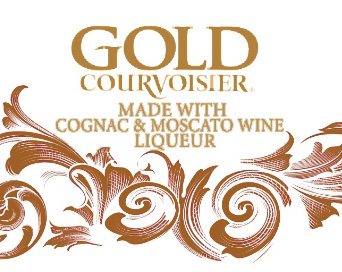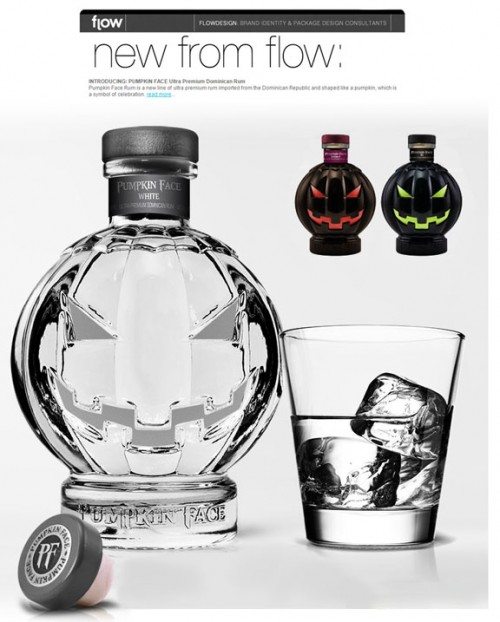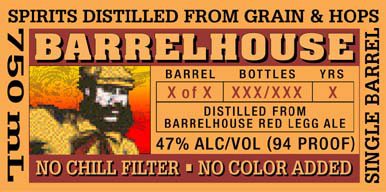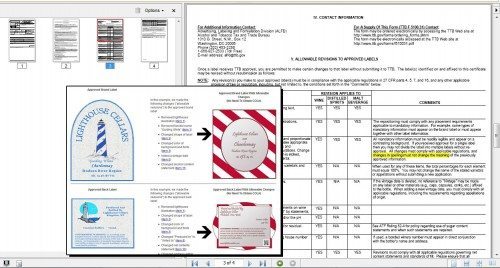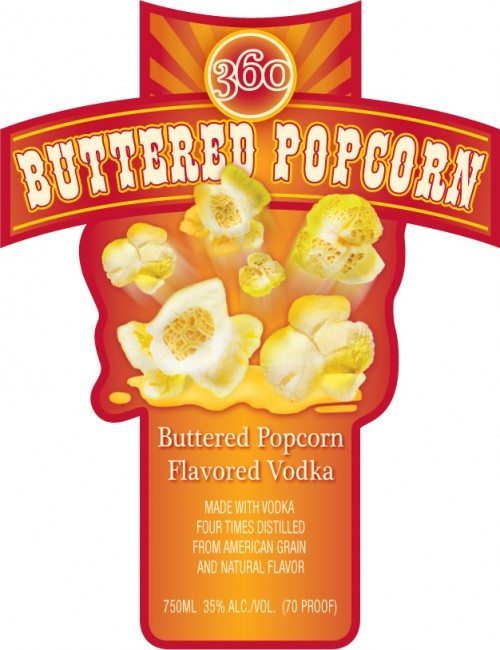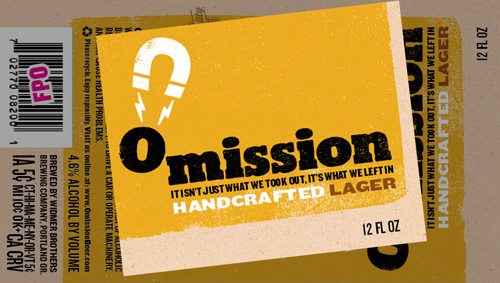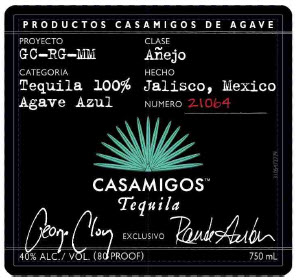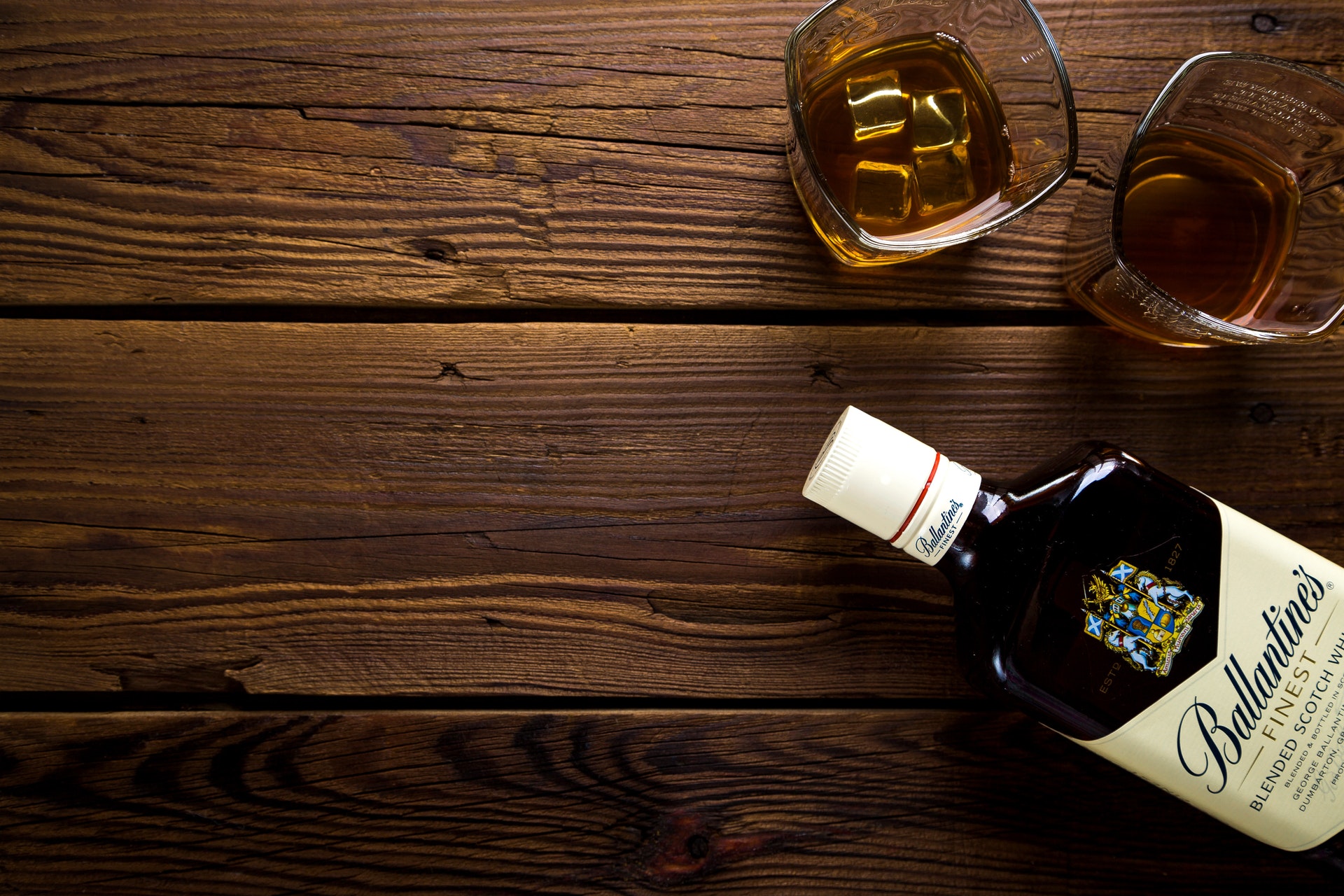Moscato is so very popular it can no longer stay contained within the wine context. Here it is — in a liqueur. The product is Courvoisier Gold – Cognac & Moscato. It is classified as a liqueur, made in France, and imported by Jim Beam.
This seems like an important approval because it was not so very long ago that TTB/ATF frowned upon varietal terms — when used on spirits labels — and even when the spirit was made almost entirely from the named grape. For example, it was very common in the 1990s for ATF to say that varietal terms should not be shown, or should not be prominent, on grappa labels, because varietal characteristics are subtle and are not likely to survive past distillation.
It looks like it took Beam many months to get this approval. The application went in on March 5, 2012 and did not get approved until more than three months later. It must be a pretty special grape if it’s the subject of not only a bunch of rap songs, but also a few memes: problem, freshman, classy, cat.
Pumpkin Face
Here is Pumpkin Face Dominican Rum. Does it remind me that summer is ending and Halloween is around the corner? No. It reminds me of many other things.
It reminds me that Dan Matauch at Flowdesign has a lot of skill. I especially like the main font.
It reminds me that Mark Itskovitz was serious when he said he was thinking about getting into the spirits business.
It reminds me of the new distiller and former bartender, I met at the ADI conference — at the bar — who said bartenders hate shapes like this because they take a lot of space. But they never go in the trash can.
It reminds me of the Apple-Samsung litigation. If Apple designed this, one might expect Apple to claim a patent on certain orb-shaped decanters.
Finally, it reminds me to thank Ann and Gerard for stopping by yesterday and saying nice things about this blog. Gerard is one of the most famous chefs in the U.S., and Ann makes a pretty good veal dish herself.
Distilled Beer
Q: What do you call spirits distilled from beer?
A: Not “Spirits Distilled from Beer.”
Every now and then we see a “Bierschnapps” or a “spirit distilled from beer.” But even though beer is the main ingredient, most of the U.S. approvals seem to avoid any reference to “beer” or “bier.” It seems that TTB is not in favor of spirits labels that refer to beer.
In the above example, Woodstone Microspirit seems to be, pretty much, just spirits distilled from beer. Even though the producer probably wanted to describe it as “bierschnapps” on the label, the main description is “Spirits Distilled from Grain and Hops.” The producer, back in 2008, set forth his frustrations here:
Beer Schnapps as a label has not been approved by the TTB for 4 months 3 tries and counting, the formula from the local microbrewery was accepted on the 2nd time through. Its been over 2 years so far and it is fighting me every step of the way. … We are now re-submitting the product with a fanciful name and not calling the product beer schnapps at all.
TTB seems to have allowed a reference to ale but not beer.
Classick is another example of a bierschnapps. I have not been able to find the label approval, but the San Francisco Chronicle discussed the product in 2002:
Bierschnaps, the liquor in question, is relatively unknown outside of its place of origin, Bavaria, Germany. It is made from beer that has been distilled into a clear, 80 proof spirit similar to premium vodka. … Even the Bureau of Alcohol, Tobacco and Firearms hadn’t heard of the spirit, so the government officials insisted that Classick and Mirenda provide samples of German bierschnaps to prove its legitimacy. … Four hundred regulations later, in November 1999, Essential Spirits sent to the shelves its first bottle of Classick Original American Bierschnaps, which is distilled from the company’s own micro-brewed California pale ale. In April 2000 came a partnership with a major craft brewer, introducing Sierra Nevada Pale Ale bierschnaps.
TTB has liberalized in many areas and yet various and sundry pockets of great strictness remain.
Your New Friend, ARTAL
In early July TTB announced a massive and important change to the COLA system. TTB greatly expanded the “Allowable Revisions to Approved Labels” (hereinafter “ARTAL,” as on page 3 of the new 4-page COLA form).
TTB began laying the groundwork for big “streamlining” changes in early 2012, as summarized here. Although some of the ideas seemed very modest as of then, the streamlining train clearly picked up momentum in the next few months. It seems entirely possible that some of the new changes could or should cut a very large percentage of the more than 10,000 labels submitted to TTB every month. Compared to a few years ago, it is quite amazing that the lighthouse label on the left (above) could change to something as different-looking as the striped label on the right — without any need for a new COLA.
The TTB ID number on this label, for example, shows that TTB received at least 671 label applications on just one day in April 2012 — to say nothing about the labels submitted via paper. That should not happen anymore. Instead, applicants should get familiar with ARTAL. It can eliminate lots of waiting, expense, frustration, inconsistent determinations, TTB work and applicant work.
In my view, the biggest changes to ARTAL are these. Now, it’s ok to:
- move things, as at 2.
- change typesizes and fonts, as at 3.
- change colors and spelling, as at 3.
- shift amongst paper v. painted v. etched, as at 3.
- make one COLA cover all sizes, as at 10. (Previously, the table said “separate applications must be submitted for containers of 237 ml or less, containers over 237 ml to 3 liters, and containers over 3 liters.”)
- add/delete/change awards and medals, as at 27.
ARTAL is much more powerful now. Like other powerful things, such as a chainsaw, it can do great things when used carefully — and make big problems when used improperly.
Buttered Popcorn
Buttered Popcorn. Flavored Vodka. In the same bottle. Speechless.
Gluten Free Ruling
TTB announced a big policy change — about gluten free — just before the Memorial Day holiday weekend.
For many years before the announcement, plenty of companies have tried to make “gluten free” claims, but we still didn’t see any approved TTB labels referring to “gluten free.” A few weeks back, we thought we had one, when we heard a lot of buzz about Omission beer as above. But alas, even the Omission label has had a big omission when it comes to this particular claim.
All this is about to change in a big way, as result of this TTB Ruling, released late last week. As a result, we may begin to see various gluten free claims on TTB labels in the very near future.
To show the earlier TTB policy, a fairly recent TTB rejection is here, and it may help explain why Widmer did not come out and say it louder or earlier. TTB’s caution may well have been justified; Brewbound has explained: “The release of Omission Beer comes just a few months after a study published in the Journal of Proteome Research found that eight commercial beers currently labeled as ‘gluten-free’ contained as much gluten as regular beer.”
Brewbound further explained that there are plenty of other beers that seek to minimize or eliminate gluten, but most of the others (such as this Bard’s Tale) are made with sorghum as a substitute for malted barley:
Ordinarily a new product release wouldn’t be so newsworthy but the launch of Omission marks the first time a U.S. craft brewer has been able to produce a gluten-free beer while still using malted barley in the brew process.
In the same article, the beer company’s CEO explains:
Omission beer is brewed with malted barley, but we’ve developed a proprietary process to reduce the gluten levels to well below the internationally accepted gluten-free standard of 20 parts per million of gluten. We are currently working with the TTB and the FDA to update the definition of the term ‘gluten-free.’… The inspiration behind Omission beers was personal. I am a 12-year celiac, our brewmaster’s wife is a celiac, as are several other members of our team. … We’re also going to talk about the extensive testing that Omission beers go through to ensure that every batch of Omission beer is well below the international gluten-free standard of 20 ppm. In fact, each bottle of Omission Beer caries a date stamp connecting the brew to its specific batch. Consumers can visit www.OmissionTests.com, type in the date code stamped on their bottle, and see that beers’ test results. … An estimated three million Americans have celiac disease.
Even though there is little to no gluten talk on Omission’s approved label (so far), there is plenty of gluten talk on the brand’s website. For example, the FAQ says “Is Omission beer gluten free? According to federal guidelines, we aren’t legally allowed to claim that Omission beer is gluten-free outside of Oregon … . While the FDA proposed to define the term ‘gluten free,'” that definition has not been formally adopted … .”
As a result of TTB Ruling 2012-2, look for Widmer and many others to push much further toward gluten free claims in the near future.
